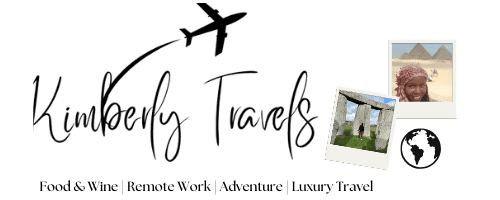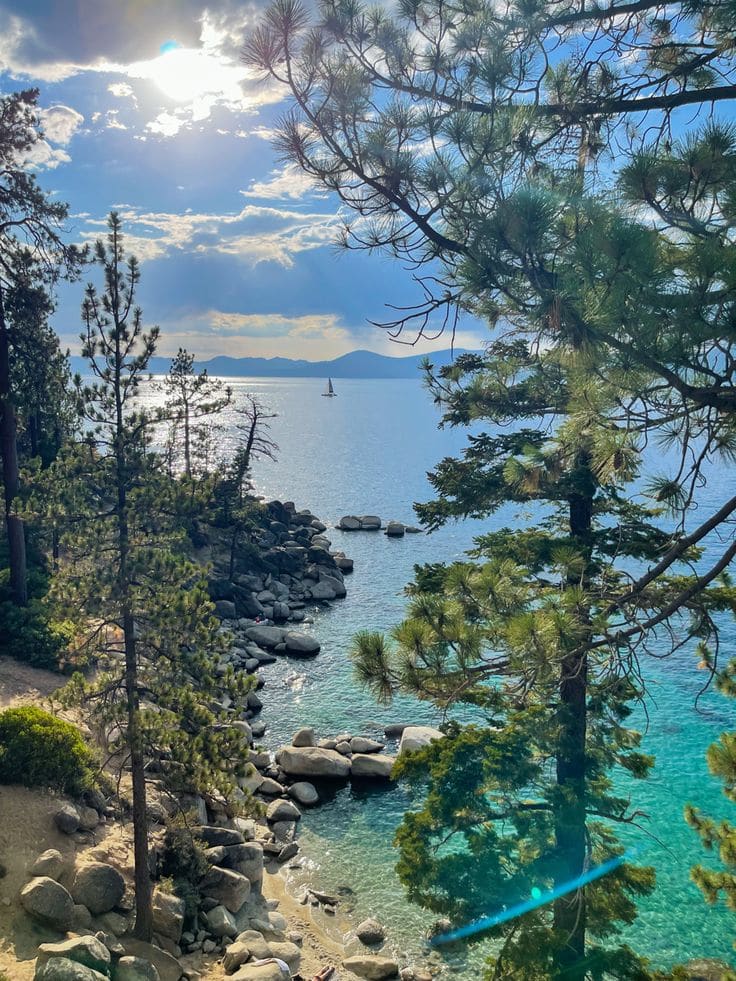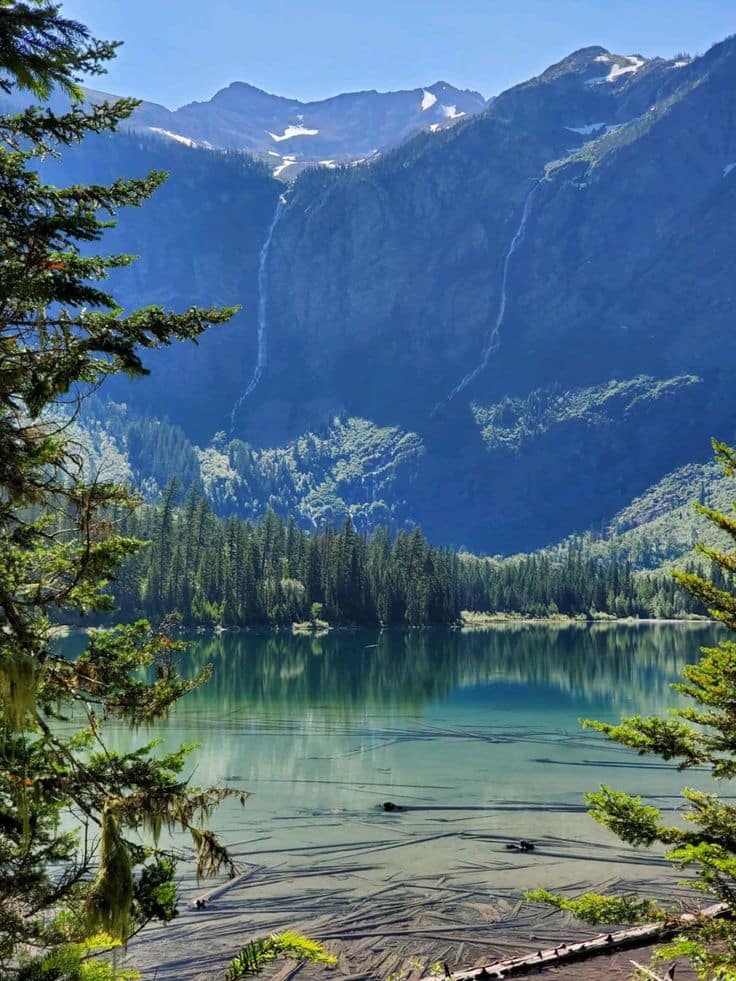Driving to Banff from Toronto: A Road Trip Guide
Embarking on a road trip from Toronto to Banff is an adventure you’ll never forget.
The drive spans over 3,400 kilometers and takes you through some of Canada’s most stunning national parks. These include Yoho National Park, Jasper National Park, and Banff National Park itself.
With the Rocky Mountains as your backdrop, the sights along the way are truly magnificent, making this long drive worth every mile.
The best time to set out on this journey is during the summer months when the weather is warmer and road conditions are ideal.
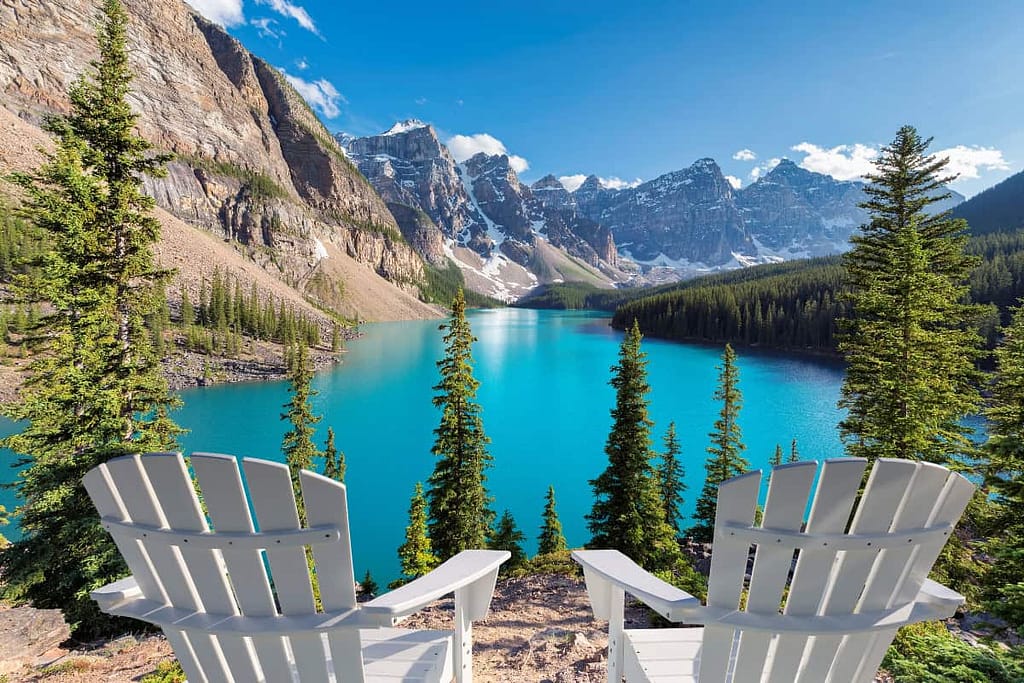
You’ll have the chance to explore iconic landmarks like Moraine Lake and the Athabasca Falls, and even take a dip in the Banff Upper Hot Springs.
Make sure to follow the speed limits and check road conditions to ensure a safe trip.
Starting from Toronto, head west along the Trans-Canada Highway through Ontario, Manitoba, and Saskatchewan, before reaching Alberta.
Calgary International Airport is the closest airport to Banff if you prefer to shorten your drive.
Once you reach British Columbia, the Icefields Parkway offers easy access to some of the most beautiful places, such as Peyto Lake and the Athabasca Glacier.
Keep your eyes peeled for mountain goats and other wildlife as you get closer to your destination.
Planning Your Toronto to Banff Road Trip
Planning a road trip from Toronto to Banff is an exciting adventure. You’ll need to think about travel time, the best routes, and budget for gas and accommodation along the way.

Determining Travel Time and Best Routes
Driving from Toronto to Banff is a long journey. It can take 36-40 hours of driving time, depending on traffic and road conditions.
The Trans-Canada Highway is the most direct route. Start by taking Highway 401 from Toronto, then merge onto the Trans-Canada Highway (Highway 1) and follow it all the way to Banff.
You might want to split the trip into several days.
Plan your stops in cities like Winnipeg, Regina, and Calgary.
Make sure to check the road conditions, especially in the mountains, as weather can change quickly.
Budgeting for Gas Prices and Accommodation
Gas prices vary by province, so it’s wise to budget carefully. On average, gas in Ontario can range from CAD $1.20 to $1.40 per liter, while in Alberta, it can be slightly cheaper.
Use apps to find the cheapest gas stations along your route.
Accommodation costs can add up, so plan ahead.
Booking hotels or motels in advance can save you money. Look for accommodation options along the Trans-Canada Highway in cities like Thunder Bay, Winnipeg, and Calgary.
Camping is also a budget-friendly option if you want to experience the outdoors.
Exploring Transportation Options
There are several ways to travel from Toronto to Banff, each with its own benefits and drawbacks. You can choose to fly, take a shuttle, or drive, depending on what fits your schedule and preferences best.
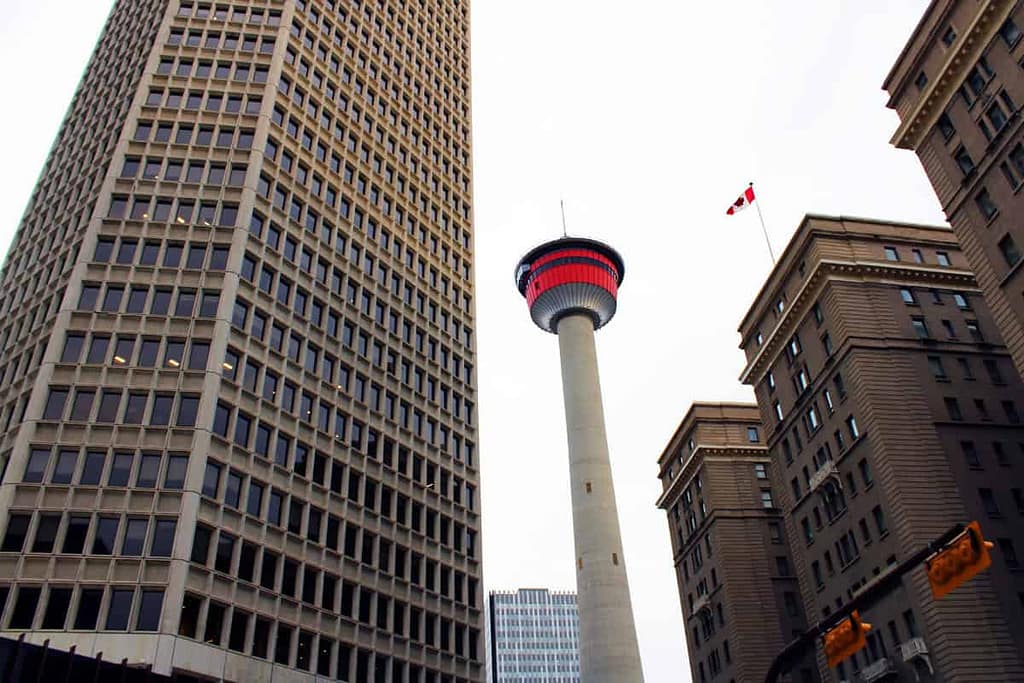
Flying to Calgary International Airport
Flying is the fastest way to get close to Banff. You’ll fly from Toronto Pearson International Airport (YYZ) to Calgary International Airport (YYC). The flight takes about four hours. Once you land, you have only about a 90-minute drive to Banff.
Many commercial airlines operate on this route, making it easy to find flights.
Booking during summer months might be pricier due to the high season. Make sure to reserve tickets in advance for better rates.
Shuttle Service from Calgary to Banff
Shuttle services like Brewster Express connect YYC to Banff. These shuttles are convenient if you don’t want to drive.
Travel time is typically about 1.5 to 2 hours, depending on road conditions.
Shuttles drop you at main street in Banff, giving you easy access to hotels and Banff National Park. This option can save you the trouble of parking and navigating mountainous terrain.
Driving vs. Public Transportation
Driving to Banff gives you the freedom to explore at your own pace. Renting a car from YYC is popular, especially for visiting sights like Moraine Lake and Johnston Canyon.
You’ll drive along the scenic Trans-Canada Highway, passing through stunning mountain ranges.
Traffic can be heavy during peak season, and finding a spot in the parking lot might take time.
On the other hand, public transportation like buses and shuttles streamline things but limit your flexibility. Choose based on how much time you plan to spend and your interest in exploring off-the-beaten-path destinations.
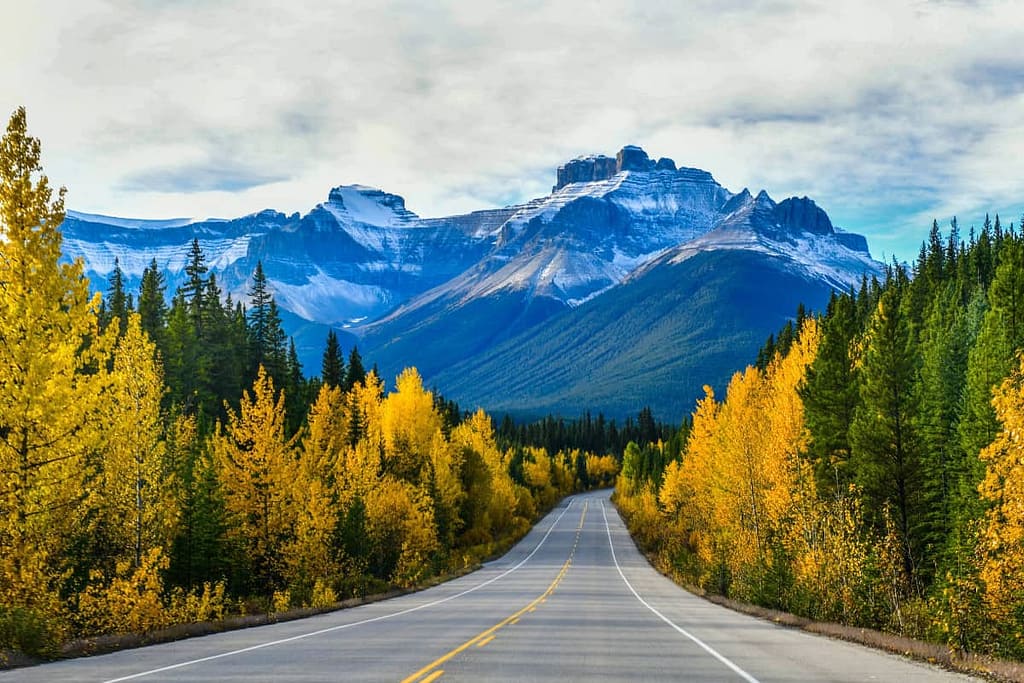
Navigating Through Major Cities and Attractions
Driving from Toronto to Banff provides the opportunity to explore major cities and attractions on the way. This section covers stopover options in Chicago and Minneapolis, and highlights attractions in Calgary.
Stopover Options in the US: Chicago and Minneapolis
If you choose to drive through the US, Chicago is a must-see city. Millennium Park, with its famous “Bean” sculpture, is a great place for photos.
Navy Pier offers rides, shops, and restaurants. Chicago is also known for its deep-dish pizza—don’t miss a slice!
Minneapolis is another excellent stop. Visit the Mall of America, the largest mall in North America. It has an amusement park, aquariums, and more.
The Minneapolis Sculpture Garden is perfect for a short stop with unique artworks. These cities offer plenty of attractions to make your journey enjoyable.
Exploring Attractions in Calgary
Calgary is your gateway to the Rockies. The Calgary Tower gives you a panoramic view of the city and distant mountains.
The Calgary Zoo is home to many animals and beautiful gardens, making it a fun stop for all ages.
In July, the Calgary Stampede is a huge event with rodeos, concerts, and parades. It’s described as “The Greatest Outdoor Show on Earth.”
From Calgary, you have easy access to Banff, just a short drive away.

Essential Stops Along the Trans-Canada Highway
As you drive from Toronto to Banff, you’ll pass through breathtaking scenery and fascinating landmarks. From cultural sites to practical rest stops, your journey will be both inspiring and comfortable.
Cultural Landmarks and Natural Wonders
Banff National Park: One of Canada’s most visited national parks, Banff offers endless views of the Canadian Rockies.
Don’t miss Lake Louise and its turquoise waters. The nearby Icefields Parkway is another must-see.
Jasper National Park: Located just north of Banff, this park boasts attractions like Athabasca Falls and Maligne Lake. Spend some time here for an unforgettable experience.
Yoho National Park: Visit Emerald Lake for its stunning green waters. This is a great place for a short stop and a picnic.
Glacier National Park: As you approach the British Columbia border, consider a detour to this park. The mountainous terrain is perfect for those who love mountain ranges and long hikes.
Moraine Lake: Located in Banff, this lake offers great views, especially during the summer months. Aim for early morning visits to avoid high season crowds.
Recommended Rest Stops and Gas Stations
Strathmore: This town offers several gas stations, parking lots, and dining options. It’s a convenient spot for a break.
Calgary International Airport: Ideal for those flying in to join part of the road trip. It’s also a good place to rent a car if needed.
Bow Valley: This area has several rest stops with easy access to restrooms and dining options. It’s also close to Johnston Canyon, perfect for a short hike.
Trans-Canada Highway Rest Areas: Scattered along the route, these rest areas offer safe places to stretch your legs. Check road conditions and speed limits as you go.
Lake Louise: Not just for its scenic views, but also for the available amenities like food and gas. This stop is perfect for refueling both your vehicle and body.
Accommodation and Dining
Finding the right accommodation and dining options can make your trip from Toronto to Banff much more comfortable and enjoyable. Planning ahead will ensure you have great places to rest and eat.
Booking Hotels Along the Route
When driving from Toronto to Banff, it’s important to book hotels in advance, especially during the summer months.
Popular cities to stop in include Winnipeg, Regina, and Calgary. Each city offers a range of options from budget motels to luxury hotels.
Travel time between stops varies based on road conditions and destinations.
Tips for booking hotels:
- Winnipeg: Considering its central location, it’s perfect for a rest stop.
- Regina: Smaller city but has many affordable options.
- Calgary: As the closest airport to Banff, offers numerous accommodations.
Local Dining Experiences
Along the Trans-Canada Highway, you’ll find a mix of local cafes, family-owned diners, and national chain restaurants. Dining is diverse, featuring everything from quick bites to sit-down meals.
Dining recommendations:
- Winnipeg: Main Street has several charming cafes.
- Regina: Local diners often serve up hearty Canadian meals.
- Calgary: Offers a variety of dining options from traditional Canadian cuisine to international dishes.
Explore the local flavors to enhance your travel experience and provide much-needed rest and nourishment.
Don’t forget to check Banff’s best places for dining when you arrive, to further enrich your stay.
Attractions in Banff and the Canadian Rockies
When you visit Banff and the Canadian Rockies, you’ll find stunning views, outdoor adventures, and famous natural landmarks. Whether you’re hiking or exploring the town, there’s something for everyone.
Banff National Park Must-Sees
Banff National Park is filled with sights you can’t miss.
Lake Louise, with its turquoise waters, is a top attraction. Nearby, Moraine Lake offers stunning views of the surrounding mountains.
Don’t miss the Icefields Parkway, a scenic drive connecting Banff and Jasper National Park, perfect for spotting wildlife and seeing glacial landscapes like Peyto Lake.
Johnston Canyon is another popular spot, known for its beautiful waterfalls and easy hiking trails.
A visit to the Banff Upper Hot Springs can be a relaxing end to your day.
If you’re looking for a bit of history, take a stroll down Banff’s Main Street, where you can shop, dine, and soak in the local culture.
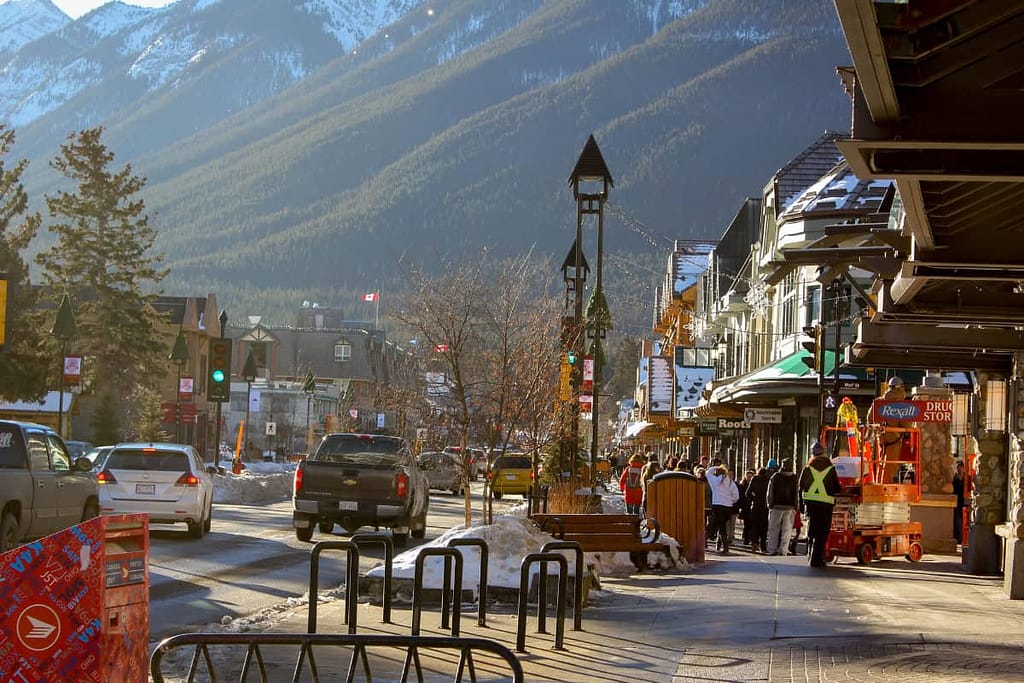
Hiking Trails for all Skill Levels
Banff offers hiking trails suitable for every skill level.
For a simple and short hike, try Johnson Lake or the Fenland Trail. These are great for families and those new to hiking.
For moderate hikes, Tunnel Mountain provides a rewarding view of Banff townsite and the surrounding peaks.
Lake Agnes Tea House hike is another moderate trail, leading to a charming tea house at the top with views of Lake Louise.
More experienced hikers can try the Plain of Six Glaciers or the Larch Valley trail.
These trails offer breathtaking views and encounters with diverse nature. No matter your skill level, Banff and the Canadian Rockies provide unforgettable hiking experiences.
Alternative Routes and Scenic Drives
Taking an alternative route or scenic drive can turn your road trip into an unforgettable experience. You’ll encounter diverse landscapes and fascinating stops that may not be on the main path.
Circle Tour Around Lake Superior
A trip around Lake Superior offers a stunning journey. Starting from Toronto, head to Port Huron and continue west.
As you loop around the lake, you’ll pass through Michigan’s Upper Peninsula. This area is known for its lush forests and waterfalls.
Entering Ontario, you can stop at Thunder Bay, a great place to stretch your legs. This route is not just about the destination; the drive itself is filled with beautiful vistas.
Keep an eye out for wildlife, including moose and deer. The drive can be long, so plan for some day trips and breaks.
Adventures Towards Jasper and Beyond
For a more adventurous route, drive towards Jasper National Park. From Banff, head north on the Icefields Parkway.
This highway is famous for its scenic views, turquoise lakes, and towering peaks.
Stop at Athabasca Falls for a short break. If you continue north, you’ll reach Jasper, another gem in the Canadian Rockies.
Here, you can explore Maligne Lake and even take a boat ride to Spirit Island.
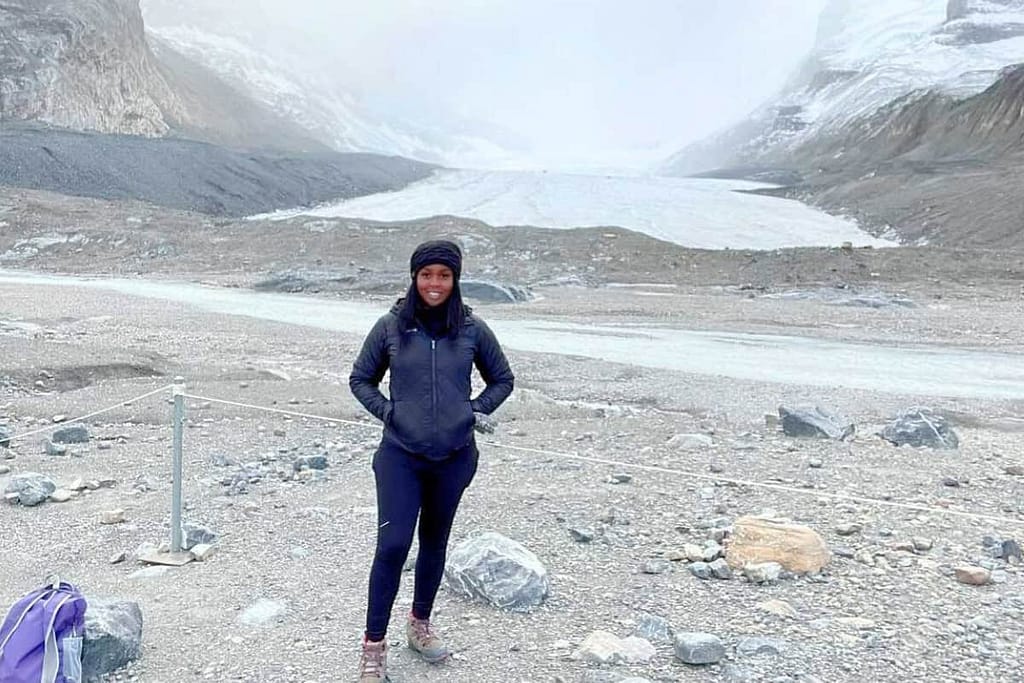
For those willing to venture further, continue towards British Columbia. Along the way, you’ll encounter serene landscapes and fewer people.
This route offers a unique experience compared to the Trans-Canada Highway, making it worth the extra travel time.
Preparing for Different Weather and Road Conditions
Driving from Toronto to Banff requires careful planning for diverse weather and road conditions. Be prepared for seasonal variations and ensure safety in unpredictable weather.
Seasonal Travel Tips
When driving to Banff in the summer months, enjoy the warm weather and vibrant landscapes.
Pay attention to weather forecasts to avoid sudden storms. Late morning and early afternoon are the best times to start your drive.
During peak season, traffic can be heavy, so plan your travel time accordingly. Visit popular spots like Lake Louise and Moraine Lake early to find parking.
In winter, expect snowy and icy road conditions, especially along mountain ranges. The trip can be more challenging with limited daylight hours.
Make sure your vehicle is winter-ready, with snow tires and emergency gear.
Safety Measures for Unpredictable Weather
Unpredictable weather can impact your Banff road trip. Check BanffNow for real-time road conditions and weather updates.
Keep an emergency kit with essentials like water, snacks, blankets, and a first aid kit.
Drive cautiously, especially on the Icefields Parkway where conditions can change rapidly. Watch for animals like mountain goats and stay alert.
Follow speed limits and be mindful of potential delays. If you’re unsure about road conditions, consider using a shuttle service.
Tips for a Budget-Friendly Journey
You can save money on your trip from Toronto to Banff by finding good deals on places to stay and ways to travel, and by picking the right spots to eat.
Finding the Best Deals on Accommodation and Transport
Look for discounts on accommodation by booking in advance. Hostels, campgrounds, and Airbnb rentals can be cheaper options than hotels.
Consider staying outside Banff National Park to save money.
For transport, driving your own vehicle can be cost-effective, especially if you carpool. If you need to rent a car, compare prices from different companies.
Via Rail offers train tickets from Toronto to Jasper, a nearby starting point. Watch for sales on flights to Calgary International Airport, the closest airport to Banff.
Gas prices can vary, so plan your refueling stops where gas is cheaper. Use apps to find the best prices along the Trans-Canada Highway.
Stay within speed limits to maximize fuel efficiency and reduce travel time.
Economical Dining Options
Grocery stores in Banff and along the way can help you save on dining costs. Stock up on supplies and have picnic lunches at scenic spots like Peyto Lake or Bow Valley during your Banff road trip.
Look for budget-friendly restaurants on Main Street in Banff. Many places offer special deals during the off-peak season or late morning, which can be a great time to eat out.
Consider food trucks or casual dining spots in British Columbia and other towns near the Canadian Rockies.
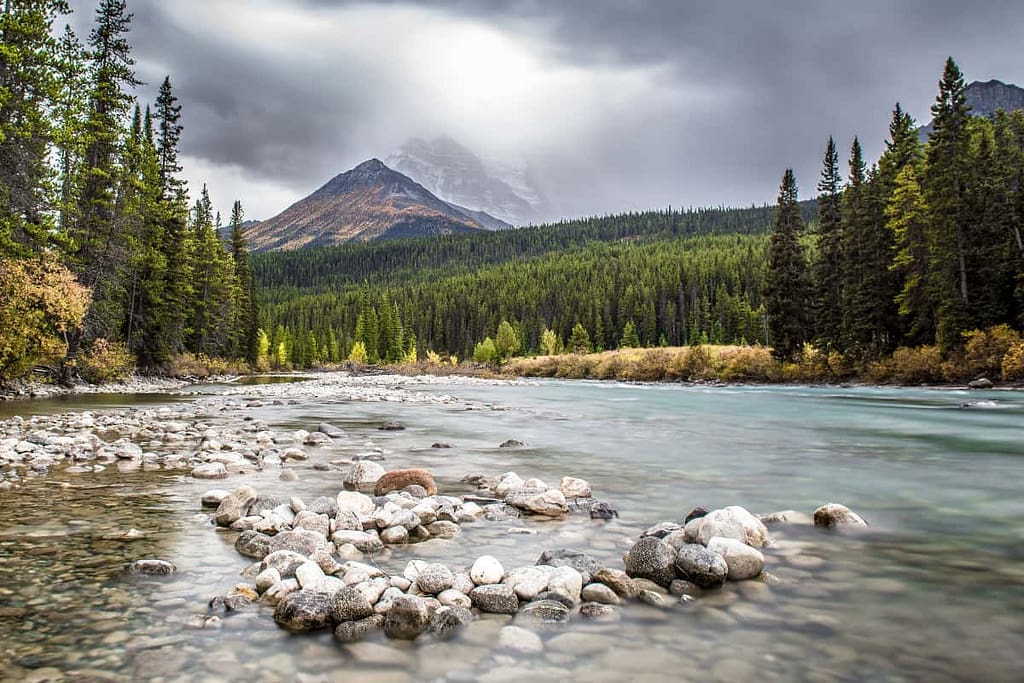
Conclusion: Tips for the Road
Plan your itinerary carefully. Driving from Toronto to Banff is a long drive, so expect to spend many hours on the road.
Make sure your rental car is checked. Road conditions can vary, especially through the Rocky Mountains.
Follow the speed limits, and be cautious of wildlife like mountain goats and bears, especially at night.
The summer months are the best time to travel. You’ll have warmer weather and longer daylight hours.
Keep an eye on the Trans-Canada Highway. It connects Toronto to Banff, passing through places like Jasper National Park and Yoho National Park.
Pack a good map or GPS. Cellular service can be spotty in national parks and secluded areas.
Visit the Banff Upper Hot Springs for a rejuvenating soak after a long drive.
If you have more time, make a short stop at places like Moraine Lake and Emerald Lake. They offer some of the most beautiful views.
Check the weather before you leave. Bad weather can make the drive more challenging, especially in mountainous terrain.
Stay within Canada for an easier journey. Crossing the Canadian border can add extra travel time.
If you prefer flying, flights from Toronto Pearson International Airport to Calgary International Airport are available. Then, it’s about an hour drive to Banff.
Adjust your plans for fewer people and quieter scenery. Early morning or late evening drives are peaceful and scenic.
For first-time visitors, stopping at iconic spots like Lake Louise and Bow Lake is a must.
Enjoy your trip, and drive safely!
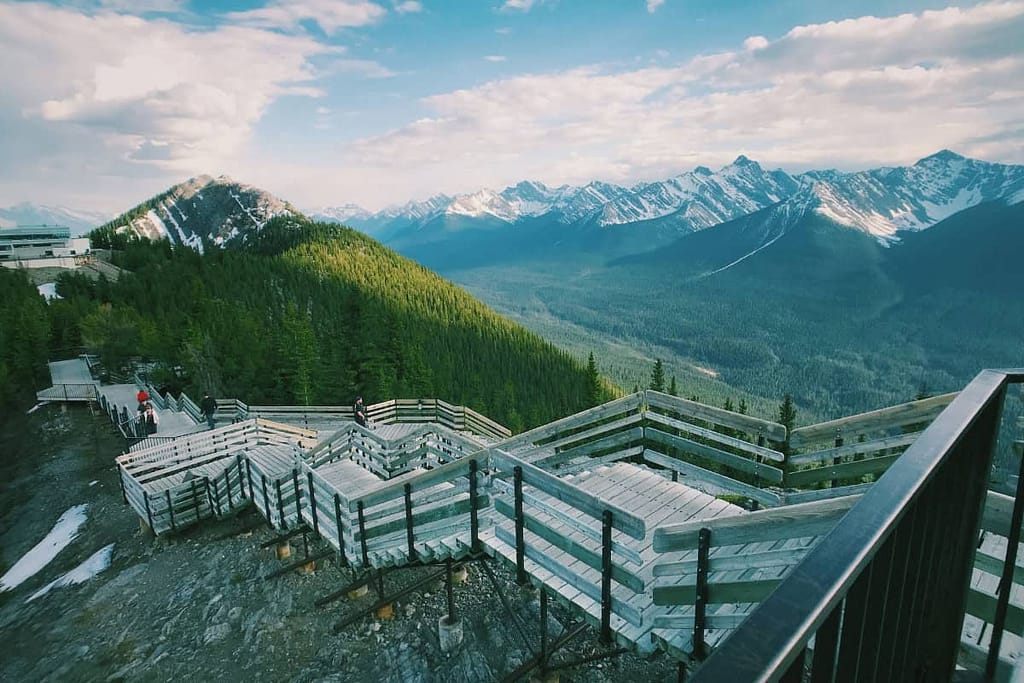
Frequently Asked Questions
Driving from Toronto to Banff is an amazing road trip experience. This section answers common questions, such as travel time, best routes, and essential packing items.
What is the estimated driving time from Toronto to Banff without stopping?
The drive from Toronto to Banff without any breaks takes roughly 36 to 38 hours. This is a long drive, crossing numerous cities and landscapes along the Trans-Canada Highway.
What are some tips for driving from Toronto to Banff in winter conditions?
Winter driving can be challenging due to snow and icy roads. Make sure to check road conditions frequently, equip your rental car with winter tires, and carry emergency supplies. Be prepared for slower travel time and have a plan for accommodations in case of delays.
How much would gas cost for a road trip from Toronto to Banff?
Gas costs can vary, but you might spend around $400 to $500 CAD for the round trip. Fuel prices change based on the region, so it’s smart to budget more, just in case.
Are there any scenic routes recommended when driving from Toronto to Banff?
Taking the Icefields Parkway, which runs through Jasper National Park and Banff National Park, is highly recommended. This route offers stunning views of the Canadian Rockies, turquoise lakes, and glacial peaks. Make time for stops at places like Athabasca Glacier and Peyto Lake for unforgettable experiences.
What should one pack for a road trip from Toronto to Banff?
Pack layers of clothing to prepare for different temperatures. Don’t forget essentials like a GPS, first aid kit, extra food and water, and a camera for capturing the beautiful scenery. If you’re visiting in the summer months, bring hiking gear, and for winter, pack appropriate snow gear.
What are the best places to stop and rest on the drive from Toronto to Banff?
There are plenty of great places to rest along the way.
Consider stopping in Winnipeg for a city break.
In Regina, you can get a nice meal.
Then, you can take a break in Calgary before the final stretch.
Once in the mountains, Banff National Park and Jasper offer excellent spots like Lake Louise and the Banff Upper Hot Springs to relax and enjoy the view.
